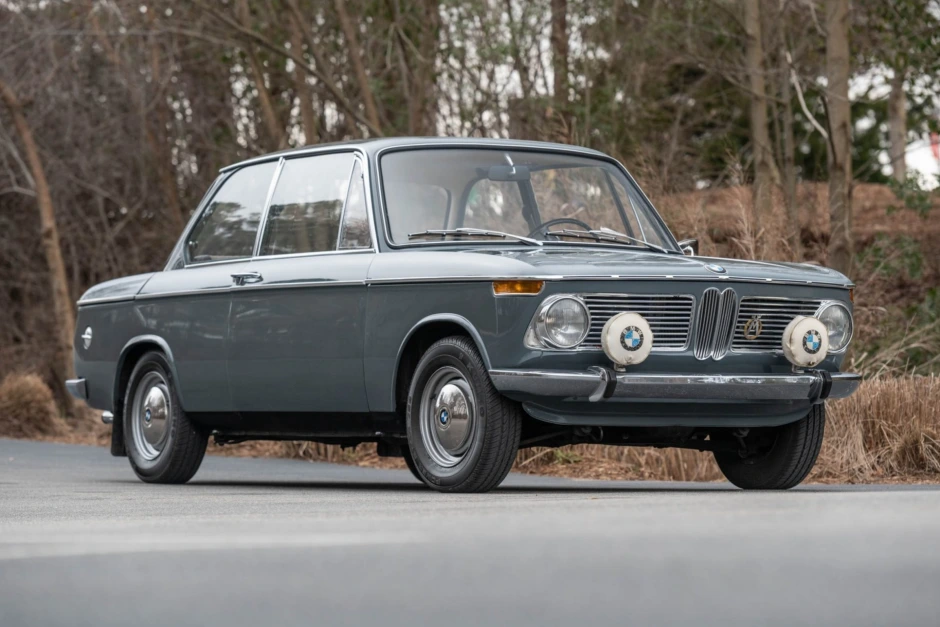
The BMW 1600, introduced in 1964, is a model that holds a significant place in BMW’s history. It was part of the “New Class” range of vehicles, which played a pivotal role in the brand’s resurgence and established BMW’s reputation for producing sporty and well-engineered cars.
The BMW 1600 was an evolution of the earlier BMW 1500, featuring a larger and more powerful engine. It was designed to provide a balance between performance and practicality, making it a popular choice among enthusiasts and families alike.
Under the hood, the BMW 1600 was equipped with a 1.6-liter four-cylinder engine, which delivered increased power compared to its predecessor. The engine featured an overhead camshaft design, providing better efficiency and performance. The 1600’s engine produced around 85 horsepower, allowing the car to reach a top speed of approximately 100 mph (160 km/h) and accelerate from 0 to 60 mph (0 to 96 km/h) in just over 12 seconds.
The BMW 1600 featured several notable advancements in terms of engineering and technology. It had independent suspension on all four wheels, providing excellent handling and a smooth ride. Disc brakes on the front wheels further enhanced the car’s stopping power and overall driving dynamics. These features, combined with the car’s nimble size and responsive steering, made the BMW 1600 a joy to drive.
In addition to its performance attributes, the BMW 1600 boasted elegant and timeless design. It featured clean lines, a purposeful stance, and the iconic BMW kidney grille, which became a signature design element for the brand. The interior of the 1600 was well-appointed, with comfortable seating and modern amenities for its time.
The success of the BMW 1600 paved the way for future models in the “New Class” range, including the iconic BMW 2002. The 1600 laid the foundation for BMW’s reputation as a manufacturer of sporty and dynamic compact sedans, which continues to this day with models like the BMW 3 Series.
Throughout its production, the BMW 1600 underwent several updates and variations. In 1966, the BMW 1600-2 was introduced, which featured a two-door body style and became highly popular among enthusiasts due to its sporty nature. The 1600-2 served as the predecessor to the iconic BMW 2002, which became a symbol of performance and driving pleasure.
The BMW 1600’s impact on the automotive industry was significant, as it helped revitalize the BMW brand and establish its reputation for producing high-quality, sporty cars. Its success set the stage for BMW’s growth and evolution into a leading luxury and performance car manufacturer.
